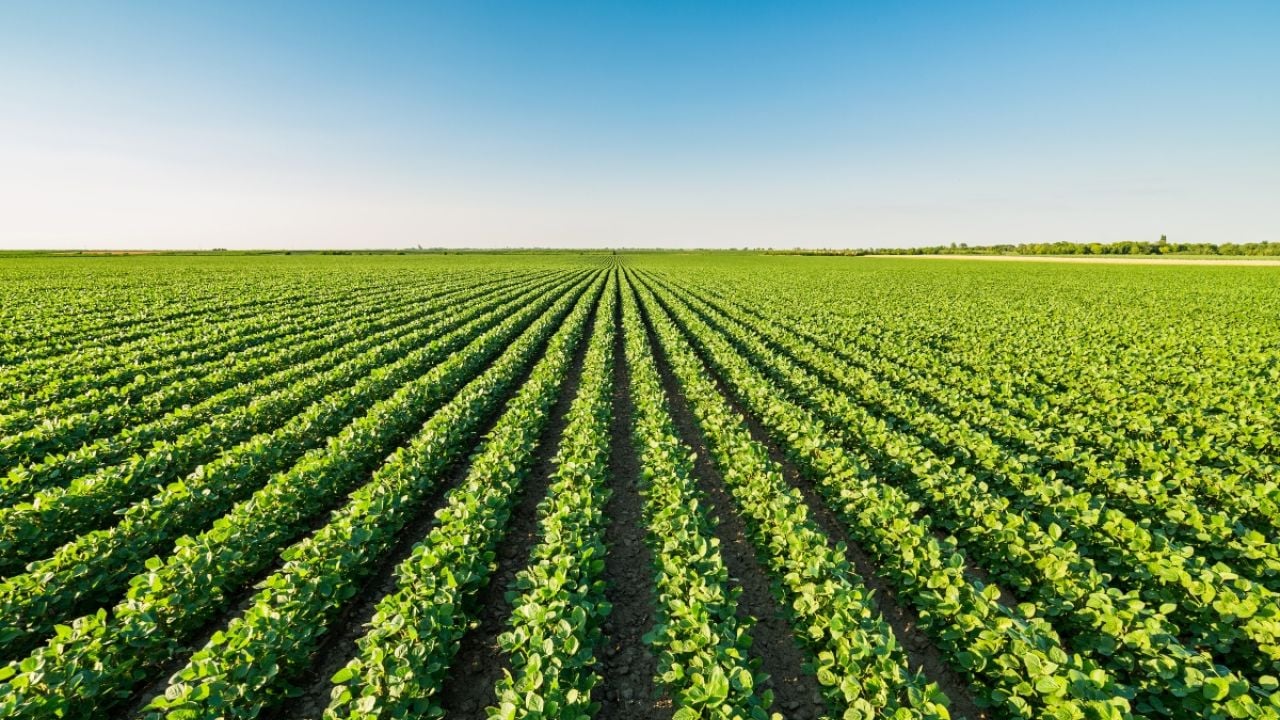
While farm income is expected to return to normal levels in 2024, the gap between the largest, most successful farmers and their poorer neighbors continues to grow. Increasing farm subsidies, as some members of Congress are proposing, will make these gaps even wider.
Net cash income is forecast to be $121 billion in 2024, according to the Department of Agriculture. That’s below recent record highs but above the level farmers earned in any year from 2015 to 2020 and close to the 20-year average income.
Despite the dip in profits from farming compared to last year, median farm household income is expected to remain steady at nearly $100,000, significantly above the American median household income of $75,000. Many farmers are also very affluent – 98 percent of all family farms are wealthier than the average American household.
The largest farms will continue to reap extraordinary profits. Large commercial farms with sales greater than $1 million are expected to enjoy farm-level net cash income of $571,000 in 2024, while farm production expenses will likely remain the same.
Overall, farm equity will set a new record: $3.7 billion. This is mostly due to the value of total farm sector assets also reaching a new peak: $4.2 billion, as a result of increases in farmland values.
Crop price highs
Rice and peanut farmers are expected to enjoy new record highs for the prices they earn in 2024. Rice cash receipts are expected to increase to $3.8 billion, up from $3.3 billion, and peanut cash receipts will increase to $1.57 billion, up from $1.56 billion.
The price that cotton farmers earn is also expected to increase in 2024, to $6.96 billion, up from $6.85 billion, in 2023.
The rosy outlook for farmers – especially those growing cotton, rice and peanuts – isn’t stopping some members of Congress from seeking to raise the government price floors for certain crops. Their proposals to increase the price guarantees in the USDA’s Price Loss Coverage, or PLC, program would mostly benefit fewer than 6,000 farmers growing peanuts, cotton and rice in just a few states.
Since PLC payments are linked to production, the largest producers get the lion’s share of the funding. In 2021, just 10 percent of farmers received more than 80 percent of all PLC payments.
Most farmers do not grow the crops eligible for these subsidies. Increasing price guarantees will help the largest producers only and speed increases in the cost of buying and renting farmland. Raising price guarantees is especially bad for young farmers, who are smaller and largely do not grow cotton, rice and peanuts.


